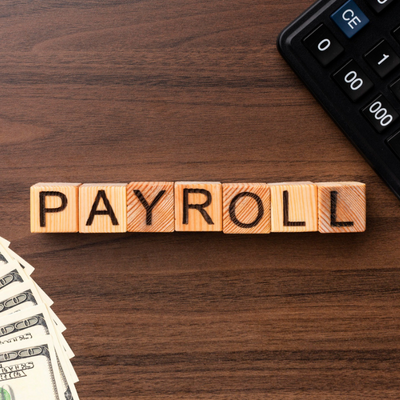
Featured
Understanding Company Payroll
Lessons
The process of paying employees of a corporation is known as payroll. It entails gathering the list of workers who need to be paid, keeping track of hours worked, figuring out each worker's compensation, delivering salaries on schedule, and documenting payroll costs. The four primary components of payroll computations are typically basic pay, allowances, deductions, and IT declarations. This procedure can be streamlined by using a payroll calculator, which guarantees accurate computations for each employee's wages, taxes, and net pay. House Rent Allowance, or HRA for short, is a major taxable item that frequently appears on pay stubs. It is the sum of money that an employer gives a worker to cover living expenses when they are renting an apartment. HRA reduces your overall tax liability in addition to helping you manage the costs associated with renting a home. In the parts that follow, we will examine the requirements for claiming the HRA deduction as well as how it is calculated. Income Tax Slab is defined as the Individual taxpayers who will need to pay the income tax based on the slab system they fall under. Depending on the individual's Income, he/she may fall under a different tax slab. Therefore, individuals with a higher income will need to pay more taxes. The slab system was introduced to maintain a fair tax system in the country. The slabs tend to change at every budget announcement. The sum paid by an employer to its employees for providing their services for five or more years can be used to clarify the concept of a gratuity. A gratuity is a benefit plan that is paid to an employee as part of their compensation and is intended to support them in their retirement. Cost to Company (CTC) is the yearly expense incurred by a business on a worker. The pay and other variable factors would determine this. The components of basic pay and any additional statutory benefits that employees are entitled to, such as EPF, ESIC, HRA, travel allowance, food allowance, gratuity, bonus, etc., are added to determine CTC. Bonus Pay is extra money an employee receives in addition to their base pay. Many organisations utilise it to honour staff members or a team that has accomplished noteworthy objectives. In order to boost staff morale, motivation, and output, bonus pay is also provided. Your yearly income is made up of both your base pay and any bonus opportunities. You must so comprehend how they are related to one another. Step 1: The employer first calculates the employee's wage for the applicable fiscal year. This should include base pay, dearness allowance, company-granted perks, additional employer-granted allowances (such as meal coupons, LTA, or HRA), EPF contributions, bonuses, commissions, gratuities, and any remuneration from a prior employment, among other things. A pay slip is a document that provides information about an employee's pay. These particulars cover the base salary, incentives, deductions, and other information that the company provides to the worker on a monthly basis. The same is frequently provided to the staff in soft copy, and occasionally hard copies are also.






No Comments